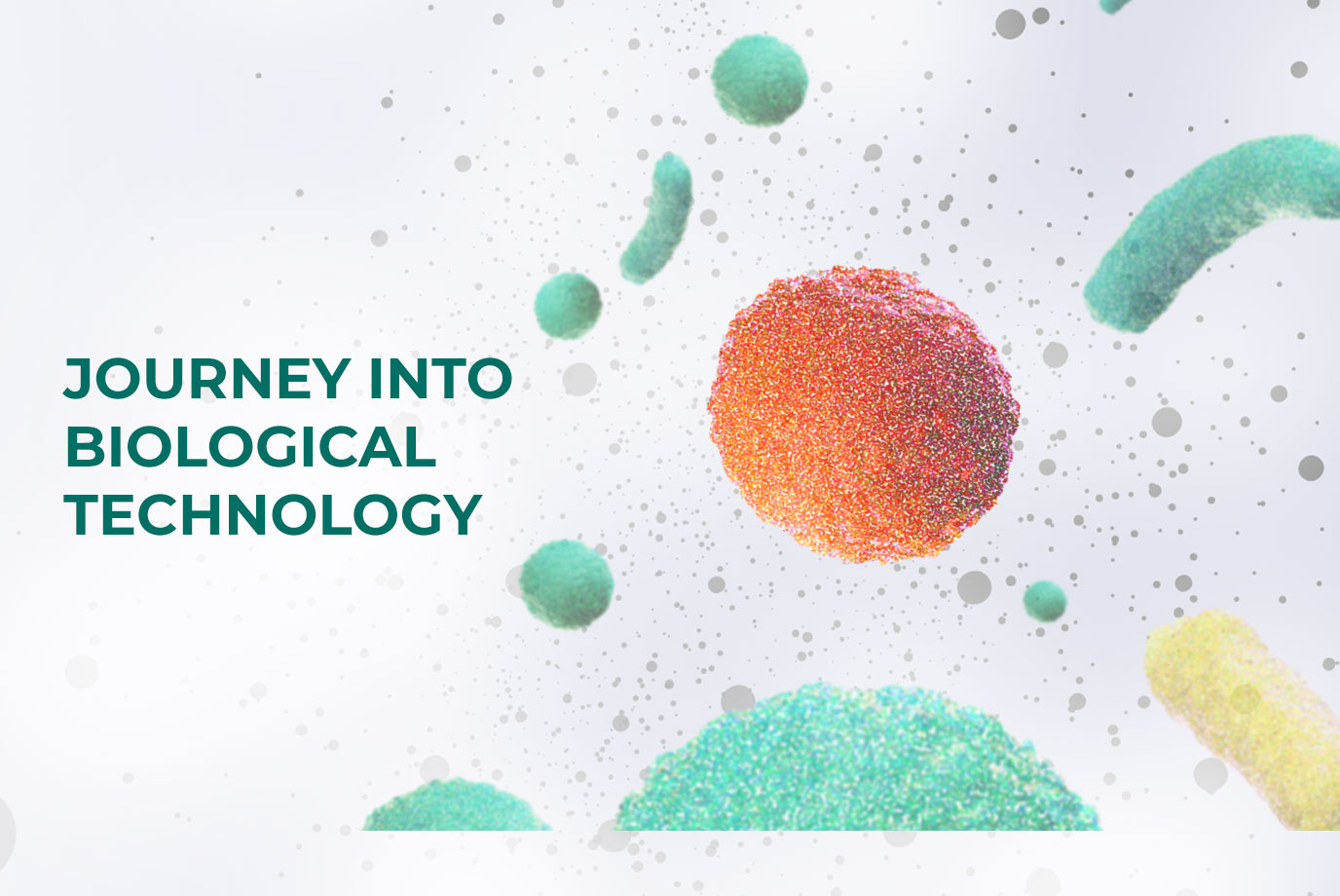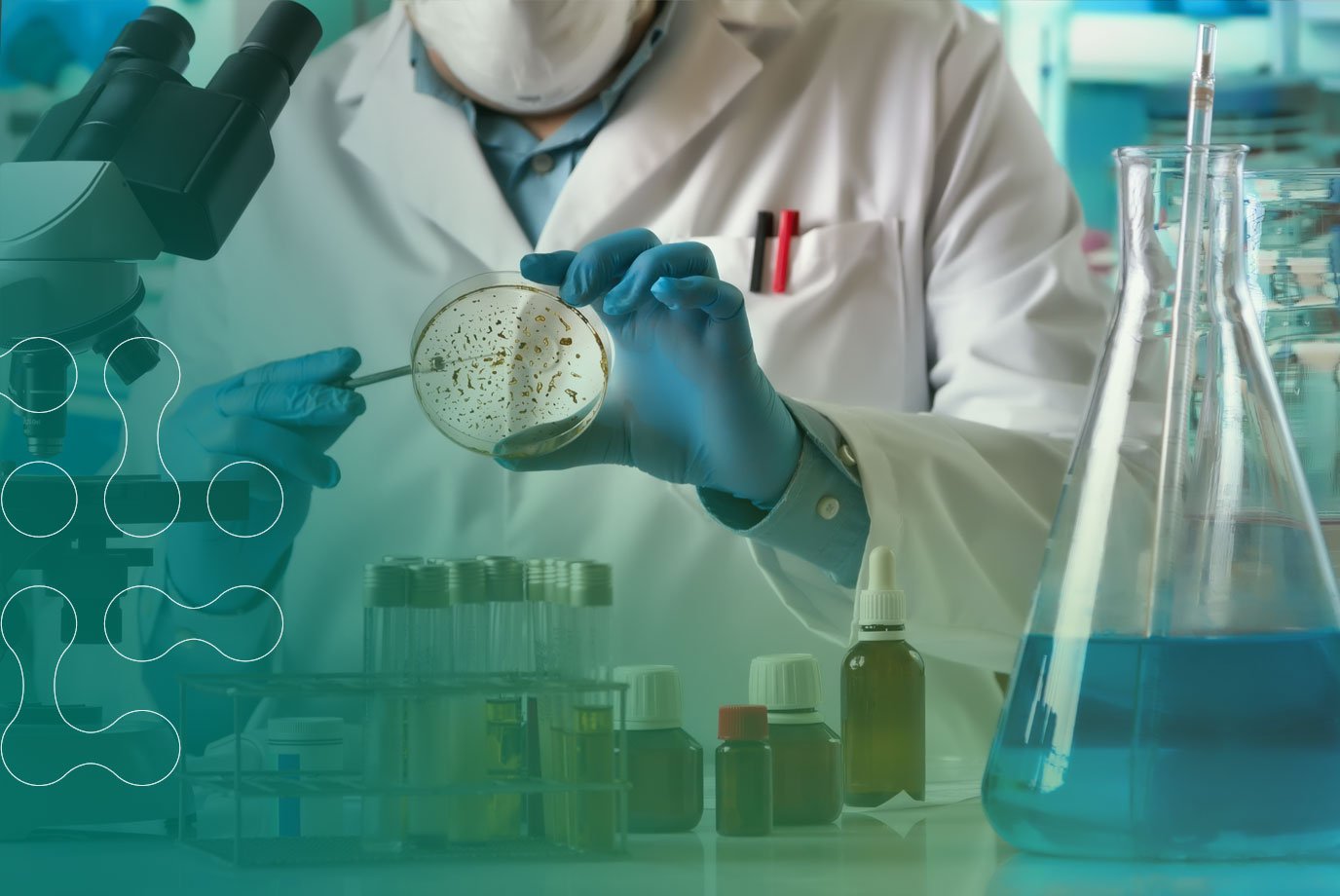When it comes to odour control or removing odours, biological cleaning products break down the source of the odour which stops the smell. The majority of odours in kitchens, washrooms and similar environments are caused by organic matter and to completely eradicate the odour, the organic matter needs to be broken down.
Where an instant effect is required, which is often the top priority when an odour is present, biological products use plant extracts that either absorb unpleasant odours or bind to and inactivate odour-causing molecules. At the same time, microbes that produce enzymes or free enzyme within such products are used to address the organic matter causing the odours.
Enzyme technology is the mainstay of biological cleaning and odour removal. Such enzymes may be either:
- “Free” enzymes – where they are added directly to product formulations – like a biological washing powder.
- Bacterial enzymes – where beneficial bacteria produce these enzymes for us.
It is important to remember that enzymes are not alive – they are proteins which speed up biological reactions. In this case they break down the organic matter into smaller and simpler compounds. Examples of free and bacterial enzymes include:
- Amylase – breaks down starch
- Cellulase – digests plant and vegetable matter
- Lipase – degrades fats, oils and greases
- Protease – breaks down proteinaceous material
- Uricase – degrades uric acid
"Free” enzymes, where the enzymes themselves are part of the product formulation, are used when an instant effect is required. For example, Odour Stopper contains free protease. Proteinaceous matter is a major cause of odour and Odour Stopper is great on protein-based stains and associated odours, such as those of milk and vomit – so perfect for those with babies or young children!
Another option is to populate problem areas with beneficial bacteria and allow these bacteria to produce the enzymes for us. Once suitable bacteria – which unlike enzymes are alive - are introduced into an area they will colonise that area, provided there is a food source and conditions support their growth. They reproduce by cell division, one bacterium divides into two “daughter” cells and so on. This can happen extremely quickly – up to every 20 minutes under ideal conditions.
So, it does not take long for a healthy population to be established. They then break down organic matter by the production and secretion of enzymes which the bacteria can take up into their cells and use for energy and growth.
There are two other important points as to why biological products are so effective at removing odours:
- The size of bacteria and the nature of their growth means they can access areas that normal cleaning processes cannot reach. For example, they can penetrate deep into carpet fibres, into grouting and cracks between tiles and into other places that would be difficult, or impossible, for humans to access. They can also form biofilms in pipework and drains, another difficult access area.
- Whereas a product containing “free” enzymes will provide an instant effect, it is only likely to be effective as long as the product is present. Whereas bacteria go on degrading organic matter over an extended period. So, there is a genuine aspect of long-term action – the bacteria go on “cleaning” and preventing odours long after actual cleaning finishes.
In the same way as for “free” enzymes above, the choice of bacterial strains is tailored to the product and it is important for a company to have a significant strain bank to call upon.
For example, a product for kitchen floors would contain bacteria with a broad range of enzyme capabilities - producers of amylase, cellulase, lipase and protease, as a wide range of organic matter is to be expected. Whereas a washroom product would focus on protease, to deal with protein in urine and other sources such as sloughed off skin cells and uricase, to breakdown uric acid which is a precursor to uric acid scale commonly found it toilet areas.
Biological cleaning products are the best option when it comes to absorbing, inactivating and destroying odours at source but requires high levels of investment into research & development to provide the most effective products.
The BioHygiene range of products consists of three core products supported by an extended range as required by the customer utilising proprietary microbial strains, enzymes, plant extracts and organic acids alongside eco benign technologies




